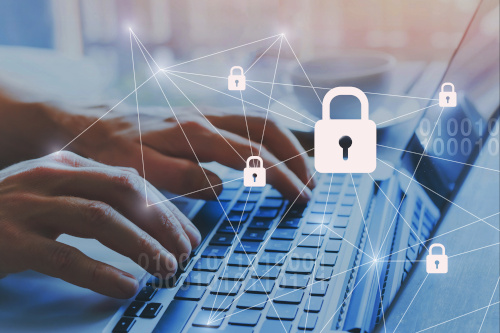6 strategies for better K-12 cybersecurity
Renee Tarun, deputy CISO, Fortinet
The education sector has had to rapidly adopt and scale new technologies to enable remote and hybrid learning as a result of the pandemic. This has created an expanded threat landscape, and malicious actors have taken this opportunity to target academic institutions to an even greater extent.
In mid-March, the FBI issued a warning about an increase in specific ransomware targeting education institutions in 12 U.S. states and the United Kingdom. This alert follows a steady wave of cyberthreats facing educational institutions in recent months. We first saw a spike when remote learning kicked off last fall.
Education leaders must take a proactive stance to mitigate risk. Remote school, and the hybrid approach many districts have switched to in recent months, have placed new challenges for network security that cannot be ignored. Cybersecurity posture must be baked into educational IT infrastructure in this ever-evolving threat landscape.
Technology shifts create security gaps
Due to the pandemic, academic institutions had to deal with a whole new set of challenges last year. K-12 schools and colleges alike had to rapidly transition to remote, socially distanced in-person, or hybrid learning. For many, this meant quickly building up IT infrastructures that enabled students to engage in learning from home, faculty to teach from their kitchen tables, and staff to access the work network remotely.
